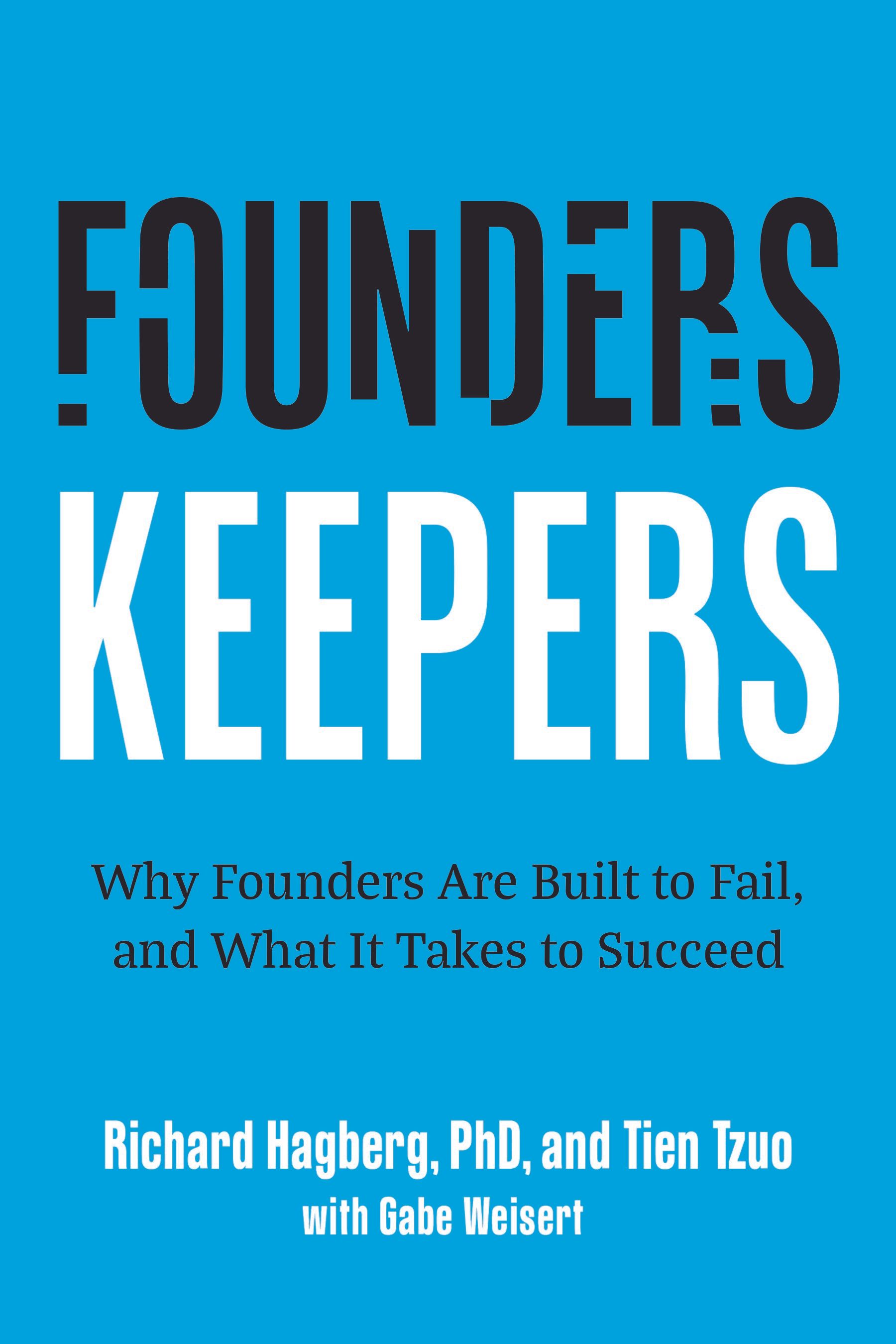Article
The Secret Sauce of Change Agents: Why Some Leaders Thrive on Shaking Things Up

In every organization, some leaders don’t just navigate change—they create it. These are the change agents, the individuals who push boundaries, stir the pot, and drive transformation in ways that others wouldn't even imagine. What sets them apart isn't just their skills, but a mindset shaped by unique personality traits and behaviors that propel them to champion change, even when others resist it. Here’s why they stand out, along with real-world examples illustrating their impact.
1. Challenging the Status Quo: The Firestarter’s Mindset
Change agents are relentless in questioning the way things are. They don’t settle for “that’s how we’ve always done it.” Instead, they find comfort in discomfort, constantly pushing for better ways. Their assertiveness, visionary outlook, and outspoken nature equip them to confront entrenched practices head-on. Like architects who redraw blueprints when the old designs no longer serve a purpose, these leaders know that progress requires stepping outside the familiar.
Satya Nadella exemplifies this mindset. When he took over at Microsoft, the company was clinging to its aging Windows operating system while falling behind in cloud computing and mobile technology. Nadella challenged the status quo by shifting the company’s focus to cloud services with Azure and embracing subscription-based models like Office 365. He even made the once-unthinkable decision to adopt open-source software and partner with former rivals. This bold shift revitalized Microsoft, bringing it back to the forefront of the tech industry.
Why It Matters: The ability to challenge long-held beliefs is essential for innovation. Without questioning existing processes, organizations risk stagnation. Change agents act as catalysts, enabling teams to rethink their approaches and unlock potential breakthroughs. Their visionary and freethinking attitude doesn’t just seek incremental improvements—it aims for transformations that redefine the game.
2. Encouraging Innovation and Creativity: The Alchemists of the Workplace
Effective change agents are workplace alchemists who transform ordinary ideas into game-changing solutions. They create environments where innovation thrives, encouraging risk-taking and experimentation. Their creativity and openness to new experiences mean they naturally seek out diverse perspectives and challenge conventional thinking.
Consider Mary Barra at General Motors. In the traditionally conservative automotive industry, she has led the charge toward electric vehicles (EVs) and autonomous driving technologies. By championing significant investments in EV technology and acquiring Cruise Automation, a self-driving car company, Barra has set GM on a path to a cleaner future. At the same time, she maintains a balanced approach, investing in fuel efficiency and hybrid vehicles to ensure a practical transition.
Why It Matters: In today’s fast-paced world, where entire industries can shift overnight, innovation is crucial. Leaders who foster creativity can pivot quickly in response to market changes, solving complex problems with inventive solutions. Their willingness to experiment is driven by their high openness and inventive spirit, setting them apart from those who cling to what is familiar.
3. Building Credibility and Trust: The Foundation of Change
While change agents are known for shaking things up, they understand that change without trust is a recipe for chaos. They build credibility by being reliable and transparent, earning respect through consistent actions and fair treatment of others. It’s not just about saying the right things; it’s about embodying the values they advocate.
Reshma Saujan’s journey with Girls Who Code is a powerful example of building trust and credibility. She founded the organization to address the lack of women in computer science, sharing her personal story to inspire and persuade others. By demonstrating the tangible impact of Girls Who Code programs, Saujani has gained the trust of educators, parents, and policymakers, making her organization a force for change in the tech industry.
Why It Matters: Trust is the currency that allows change to happen. Without it, people are likely to resist new initiatives, no matter how well-planned they are. When change agents build credibility, they not only secure buy-in but also inspire others to follow their lead. Their high social confidence and ability to navigate relationships make them effective at rallying others around a shared vision.
4. Effective Communication and Persuasion: The Storytellers of Transformation
Change agents don’t just communicate; they compel. They craft a vision that is not only clear but also deeply compelling, helping others see the need for change in a way that feels urgent and personal. Their communication style is more than just informational—it’s inspirational. They take their audience on a journey from where things are to where they could be.
For them, effective communication isn’t just about giving directions; it’s about motivating others to act. This persuasive power is rooted in their personality traits like assertiveness, social confidence, and strategic thinking. When they speak, people listen—not because they have to, but because they want to.
Why It Matters: Change is unsettling, and people often resist it due to fear of the unknown. Leaders who can communicate effectively help reduce this anxiety, providing a sense of direction that makes the journey less daunting. When change agents speak with clarity and empathy, they create a shared purpose that propels the organization forward.
5. Leading by Example: Walking the Talk
Change agents don’t just advocate for transformation; they embody it. They demonstrate the behaviors, values, and attitudes they want to see across the organization, setting the tone from the top. Their high achievement orientation and assertiveness drive them to model excellence, showing others that the standards they set are not only achievable but also necessary.
Picture a trailblazer who doesn’t wait for the path to be cleared—they carve it out themselves. This sends a powerful message to their teams: “If I can do it, so can you.” Their actions reinforce their words, making it easier for others to follow suit.
Why It Matters: Leading by example builds credibility and accelerates the adoption of new practices. It’s one thing to advocate for change; it’s another to live it. When leaders “walk the talk,” they reduce skepticism and create momentum, inspiring others to embrace the transformation.
6. Empowering Others and Building Relationships: The Multipliers of Change
Change agents understand that true transformation requires a collective effort. They don’t just delegate tasks; they empower people by involving them in decision-making processes and recognizing their contributions. These leaders build strong relationships across the organization, creating a network of allies who feel personally invested in the change.
They’re like gardeners who don’t just plant seeds—they nurture them, ensuring the conditions for growth are optimal. Their ability to align expectations and foster collaboration is rooted in their high social intelligence and assertiveness, allowing them to navigate complex organizational dynamics.
Why It Matters: Empowering others leads to higher engagement and commitment. When employees feel valued and involved, they are more likely to contribute positively to change efforts. Building strong relationships also helps to overcome resistance by unifying different groups around common goals.
7. Strategic Thinking and Visionary Orientation: The Big Picture Thinkers
Change agents aren’t just focused on immediate challenges; they have a long-term vision for the future. Their strategic thinking enables them to assess risks and opportunities, using data and insights to guide their actions. They balance bold initiatives with practical considerations, ensuring changes are not only ambitious but also achievable.
Their visionary nature drives them to look beyond what is directly in front of them, always considering the broader implications. They are not just reacting to changes in their environment; they are actively shaping the future.
Why It Matters: A clear vision provides direction and helps people understand the larger purpose behind change. Strategic thinking ensures that transformation efforts are not only aligned with long-term goals but also adaptable to unforeseen shifts, increasing the likelihood of sustainable success.
8. Resilience and Adaptability: The Survivors and Thrivers
Setbacks are inevitable in any change effort, but effective change agents are characterized by their resilience and adaptability. They embrace uncertainty and view challenges as opportunities for growth rather than reasons to retreat. Their optimism keeps them pushing forward even when circumstances get tough, while their endurance ensures they don’t lose sight of the ultimate goal.
Think of them as bamboo, bending in the wind without breaking. Their ability to adapt to changing conditions is driven by their openness and risk-taking mindset, enabling them to pivot when necessary without compromising the end goal.
Why It Matters: Resilience is essential for navigating the complexities of change. Leaders who can adapt to evolving circumstances keep their teams on track and ensure that change efforts remain relevant, no matter what obstacles arise.
9. Creating a Sense of Urgency and Momentum: The Catalysts for Action
Change agents understand that without urgency, even the best initiatives can lose steam. They create a sense of urgency to overcome inertia and complacency, often by highlighting metrics, market trends, or competitive pressures that show why immediate action is necessary.
Their approach is like lighting a fire under the organization, motivating everyone to move quickly. They generate short-term wins to build momentum, keeping the focus on long-term goals while making the change feel both urgent and achievable.
Why It Matters: Creating a sense of urgency helps to mobilize the organization. Short-term wins provide proof that progress is being made, encouraging continued effort and commitment to the transformation.
10. Balancing Innovation with Practicality: The Realists with Big Dreams
While change agents are advocates for bold ideas, they also understand the importance of practicality. They know when to push for radical changes and when to take incremental steps. Their approach is not just about dreaming big but about executing in a way that ensures sustainability.
They are like tightrope walkers balancing bold innovation with careful steps, ensuring that resources are used effectively. This ability to combine strategic thinking with inventive problem-solving ensures that their ideas don’t just disrupt but also endure.
Why It Matters: Balancing innovation with practicality ensures changes are not only groundbreaking but also feasible and sustainable. This approach prevents burnout and resistance while still promoting progress.
These leaders, whether revitalizing a tech giant, transforming a traditional industry, or closing societal gaps, embody the essence of change agents. They challenge, inspire, and lead in ways that transform companies and entire industries, proving what’s possible when you refuse to settle for the status quo. Their distinct personality traits—assertiveness, social intelligence, resilience, and openness—are not just drivers of behavior but the very essence of what makes them effective in turning vision into reality.
share this
Related Articles
Related Articles





